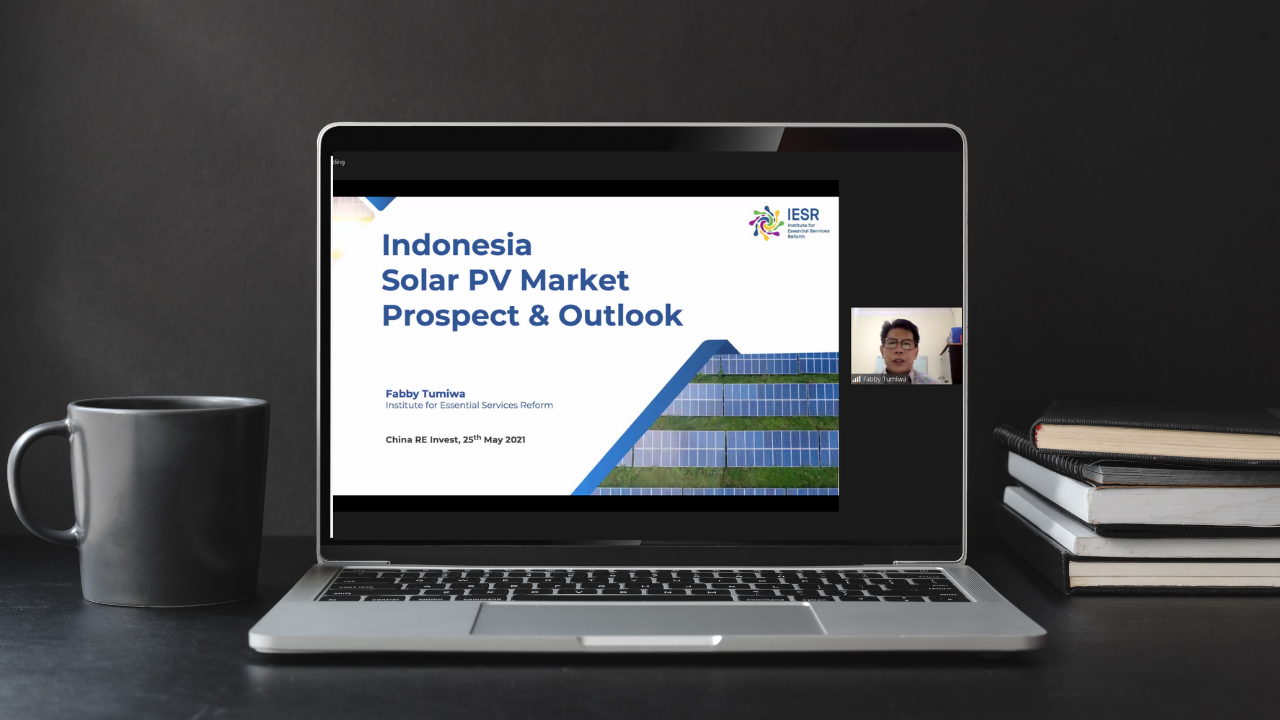
Total support from the Government is required for a promising solar energy
“Solar cells will be the new promising commodity in the future, just like oil now,” said Fabby Tumiwa during his explanation in the REinvest Indones... Read more.

IESR launches a pathway to zero emissions by 2050
A pathway to zero emissions by 2050: Technologically and Economically Feasible, Indonesia Just Needs a Strong Political Will and Bold Plan to Reach Zero ... Read more.

IESR launches a pathway to zero emissions by 2050
Technologically and Economically Feasible, Indonesia Just Needs a Strong Political Will and Bold Plan to Reach Zero Emissions by 2050 The narrow time is running... Read more.
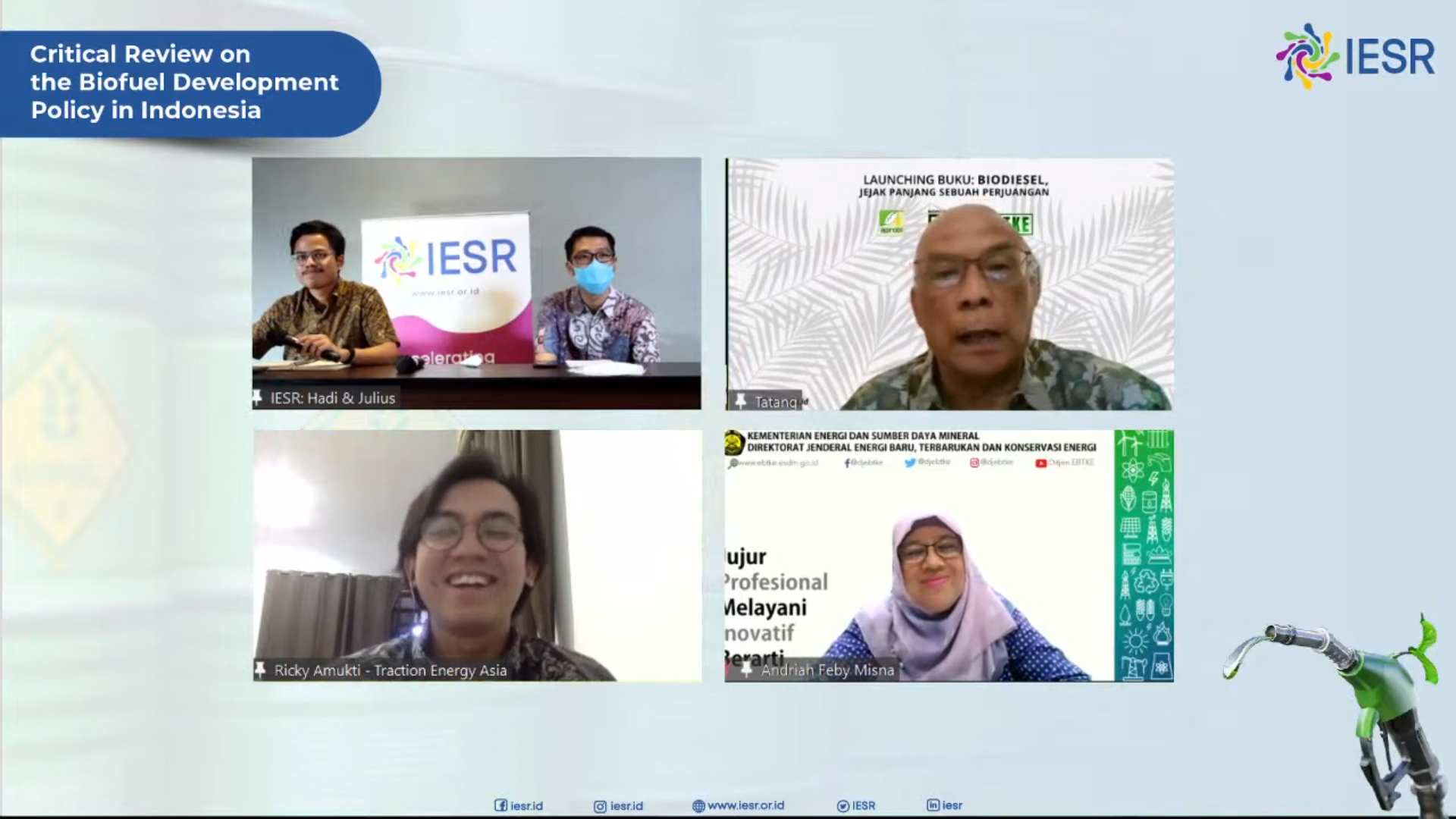
Integrating the Biofuel Development Planning in the Long-Term Strategy of Indonesia’s Energy Transition
Jakarta, May 4, 2021– Since the early 2000s, Indonesia’s oil production has continued to decline. To meet domestic oil demand, the Indonesian govern... Read more.
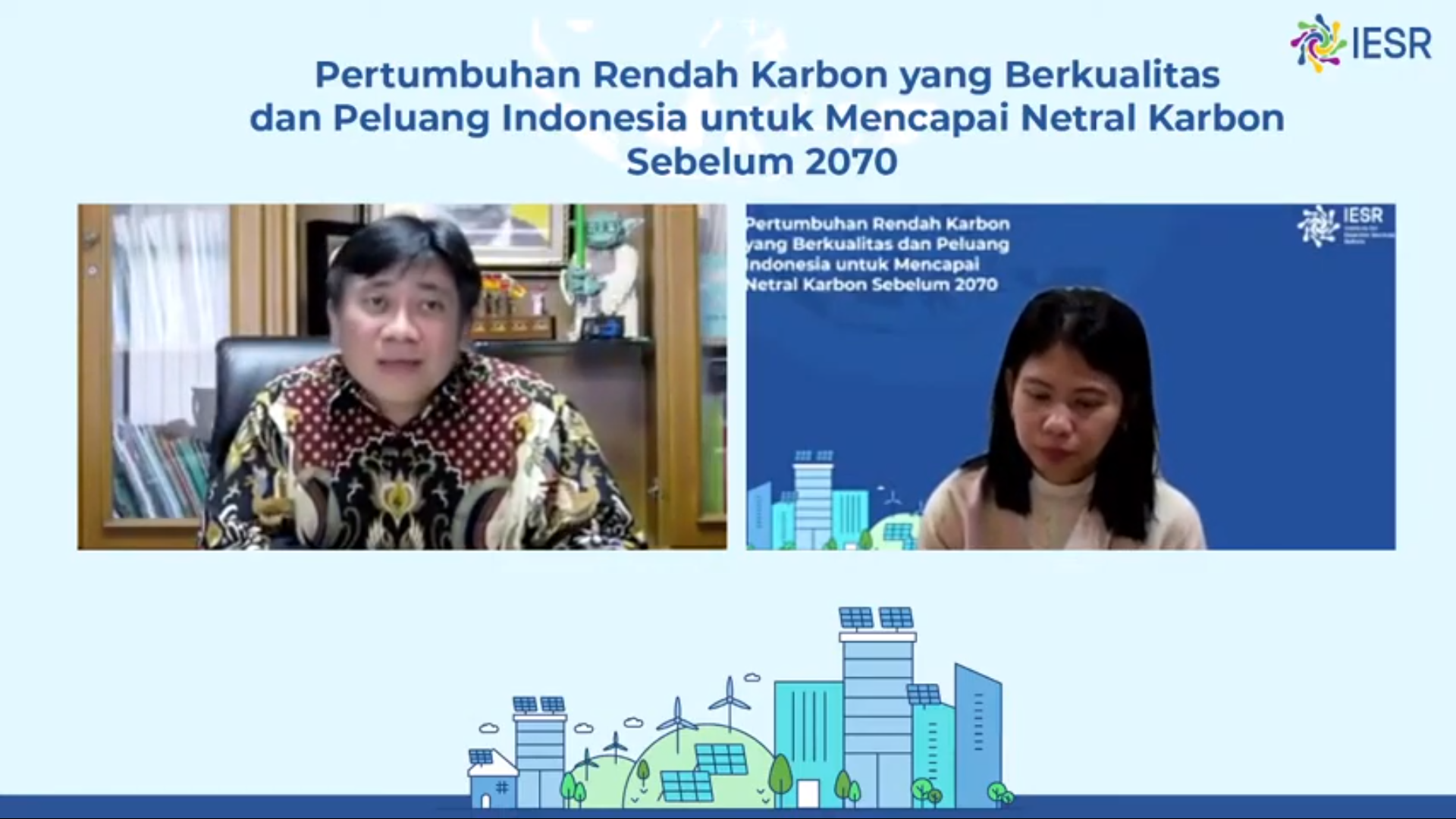
Indonesia Can Achieve Net Zero Emission Before 2070
Jakarta, 28 April 2021 — President Joko Widodo’s speech during the Leader Summit on Climate Change which stated that he would seriously tackle the i... Read more.
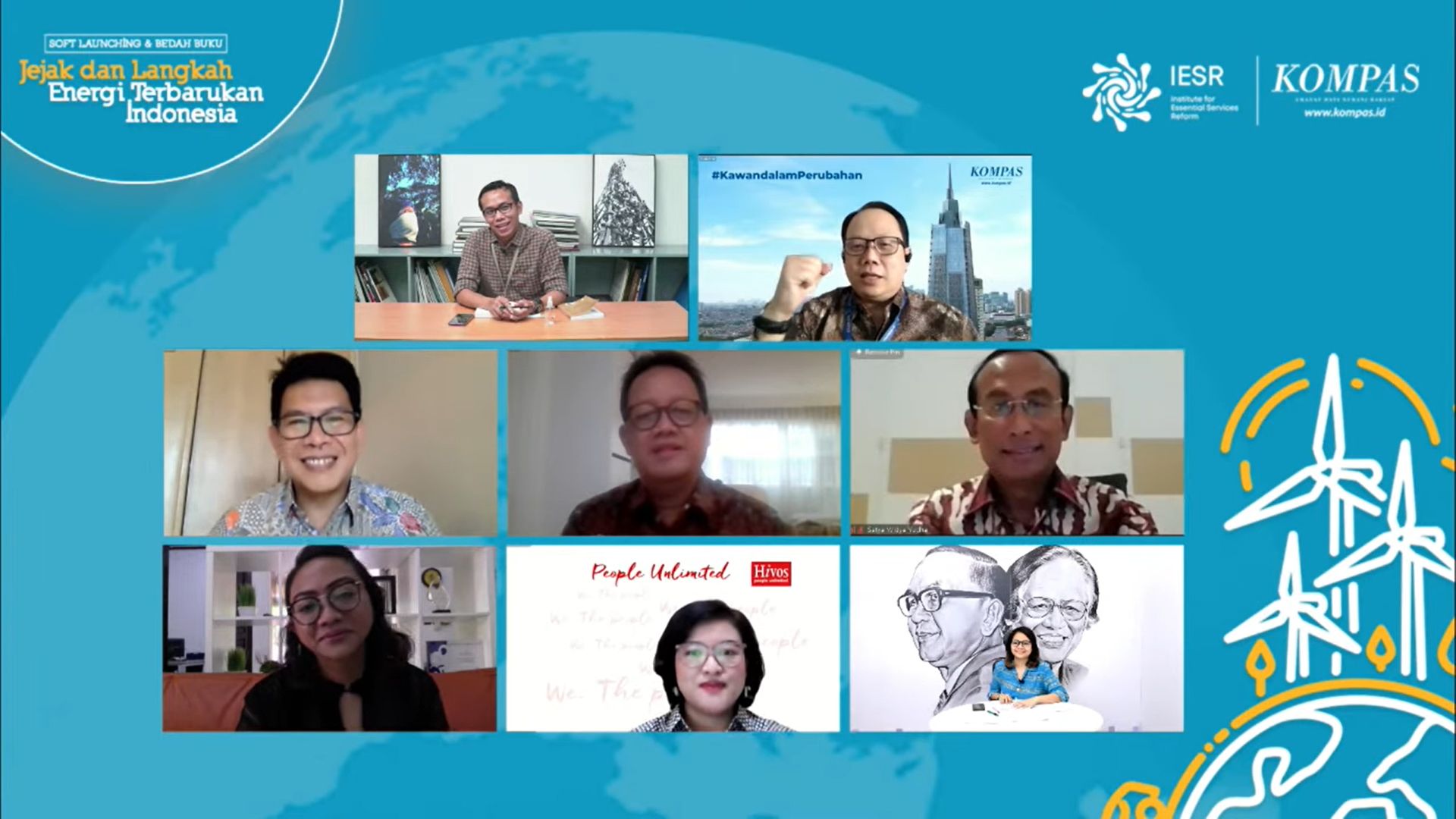
On Climate Crisis, Accelerating Energy in Indonesia is a Must
Jakarta, 27 April 2021 – Indonesia can protect the earth from carbon emissions by encouraging the acceleration of renewable energy development. The urge f... Read more.
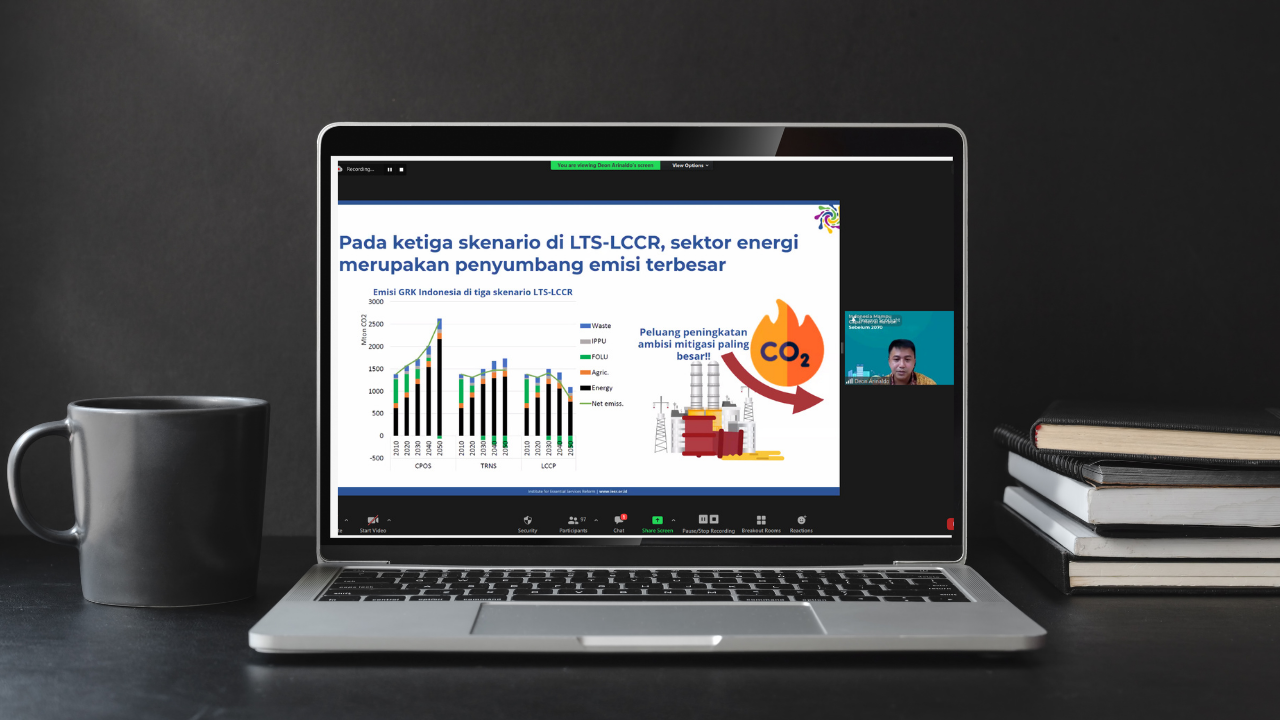
Ambitious Climate Commitment and Deliberative Policy Formulation are Keys for Indonesia to Achieve Carbon Neutral #Before2070
Jakarta, 9 April 2021. The government through the Ministry of Environment and Forestry (KLHK) recently announced a Long-Term Strategy to achieve carbon neutra... Read more.

Musrembang Paser: Transitioning towards green economy development
Jakarta, April 1, 2021, the Institute for Essential Services Reform (IESR) presented on the Transition towards Green Economic Development in Paser Regency, Ea... Read more.

‘Kampung Surya’ Initiatives (The Sun Village) Invites Residents to Work in the Solar Energy Sector
As the name implies, the colourful walls in the houses immediately greet the eyes when entering Kampung Warna Warni at RW 3, Kebon Pala Village, Cililitan, East... Read more.
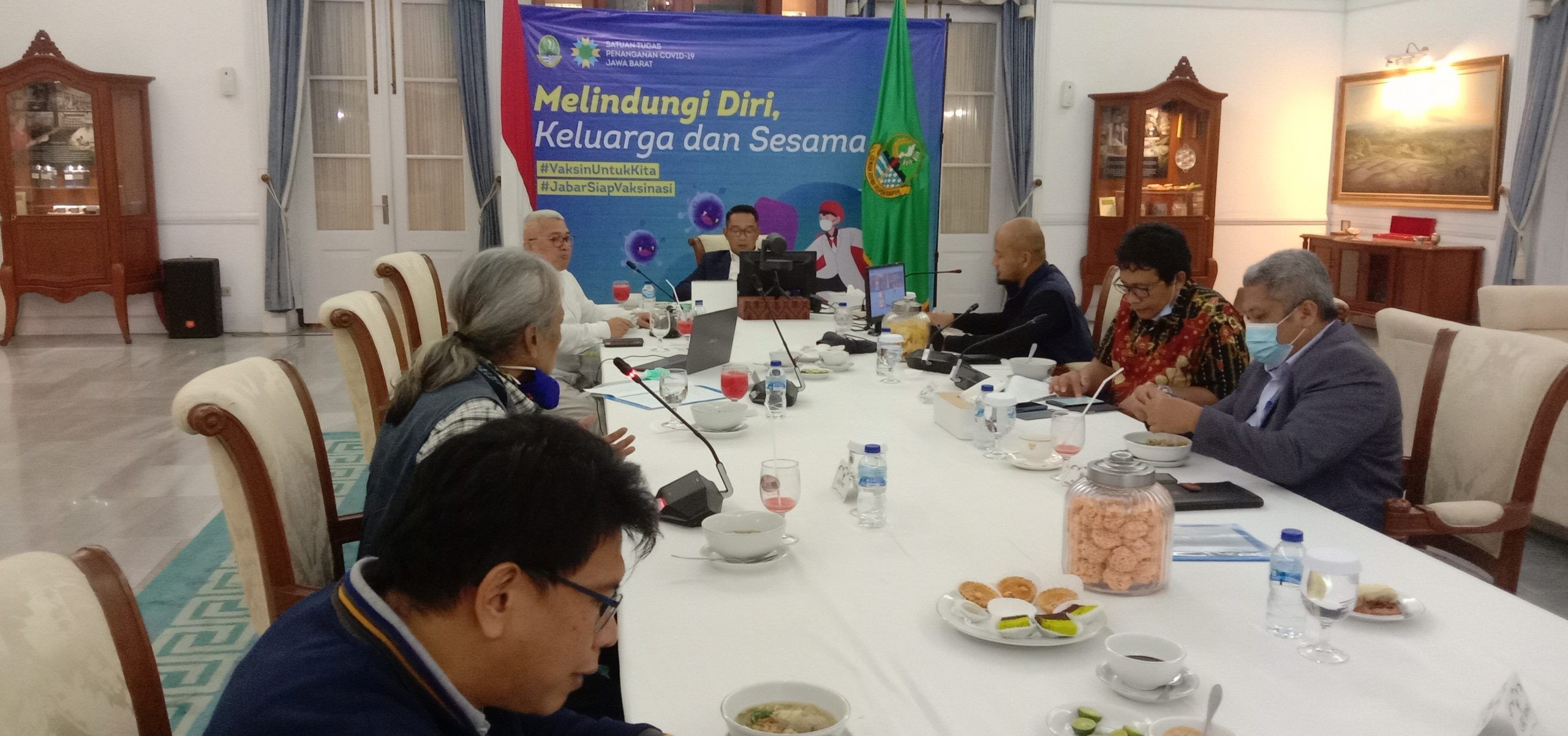
Ridwan Kamil Invites IESR to Share Insights on the Draft Bill on Renewable Energy
Bandung, 26 March 2021 — Elected as the General Chairperson of the Regional Association for Producing Oil and Gas and Renewable Energy (ADPMET) for the te... Read more.
